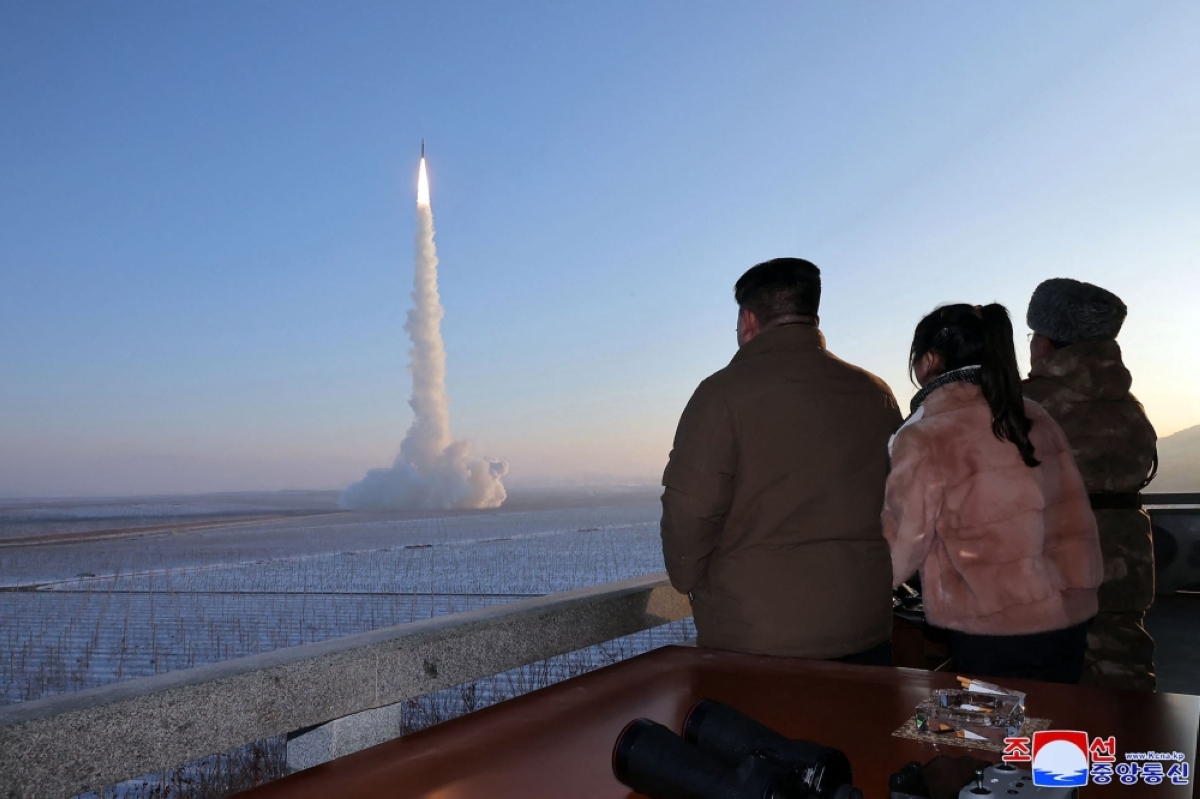Despite the ongoing nuclear plans of North Korea and Iran, and the threat of Russia’s weapons, a top expert assures that important red lines have not been crossed. According to French nuclear expert Bruno Tertrais, the nuclear order may face challenges, but its foundations remain solid.
Tertrais, the deputy director of the Foundation for Strategic Research (FRS), a French think tank, highlights that countries like North Korea, China, India, and Pakistan are determined to establish themselves as mature nuclear powers. They show no interest in moderating or disarming their nuclear capabilities.
Iran, in violation of a near-defunct 2015 deal with Western powers, continues to enrich uranium to levels far higher than the agreed limit of 3.67 percent. The country is closing in on the 90 percent enrichment needed to produce an atomic bomb. On the other hand, North Korea has enshrined its status as a nuclear power in its constitution and has conducted multiple missile tests in violation of UN resolutions.
Tertrais describes North Korea’s aggressive stance as part of a “policy of dissuasion.” He notes that the country has been making threats for the past 20 years, including the infamous threat to turn Seoul into a “sea of fire” in the late ’90s. North Korea is steadily building a fully operational nuclear force.
While global attention has shifted to conflicts in Ukraine and Gaza, North Korea wants to remind the world about its nuclear program. On the Russian side, the unraveling of the Cold War nuclear arms control architecture began with the United States’ withdrawal from the Anti-Ballistic Missile (ABM) Treaty in 2001. Last year, Russia suspended its participation in New Start, the last remaining nuclear weapons treaty between the United States and Moscow.
Tertrais believes that the end of the current cycle of bilateral arms control does not necessarily mean a return to an arms race between Russia and the United States. Despite both countries modernizing their arsenals, the strategic breakthroughs promised by Russian President Vladimir Putin’s “exotic” nuclear weapons, such as hypersonic missiles, have yet to materialize.
Tertrais highlights the importance of the Nuclear Non-Proliferation Treaty, which remains in place since its entry into force in 1970. He notes that only nine countries possess nuclear weapons: the United States, Russia, China, France, Britain, India, Pakistan, Israel, and North Korea. Apart from Iran, no other country has shown the will to become a nuclear power in the past two decades.
Tertrais also emphasizes that there have been no confirmed nuclear tests anywhere in the world for the past five years. The taboo surrounding the testing and use of atomic weapons remains strong, and the nuclear deterrence doctrine continues to hold.
Despite the challenges and tensions in the nuclear landscape, Tertrais believes that the foundations of the nuclear order are still intact. While North Korea, Iran, and Russia may pose threats, important red lines have not been crossed. The international community, through treaties and diplomatic efforts, continues to work towards preventing the further proliferation of nuclear weapons.







